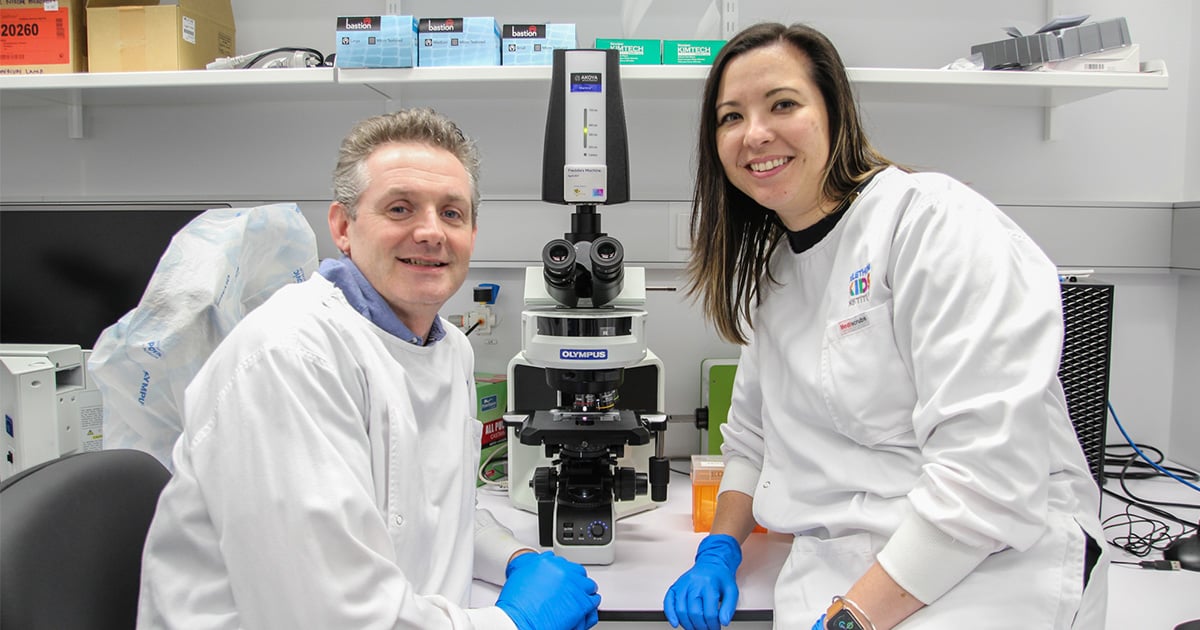Search
Research
MEIS proteins as partners of the TLX1/HOX11 oncoproteinAberrant expression of the TLX1/HOX11 proto-oncogene is associated with a significant subset of T-cell acute lymphoblastic leukemias...

News & Events
Finding new treatments for rare brain cancers in infantsThe WA Kids Cancer Centre has secured $1.1 million in funding from the Medical Research Future Fund’s (MRFF) Paediatric Brain Cancer Research Stream 2 to develop more effective and less toxic treatments for rare brain cancers in infants.

News & Events
The Kids researchers awarded Raine Medical Research Foundation fundingCongratulations to three The Kids Research Institute Australia researchers, who have been awarded funding from the Raine Medical Research Foundation.
News & Events
New imaging equipment to boost children's cancer researchA cutting edge cancer imaging facility will help specialist children's cancer researchers at Perth's Telethon Institute for Child Health Research.

People
Professor Nick GottardoHead of Paediatric and Adolescent Oncology and Haematology, Perth Children’s Hospital; Co-head, Brain Tumour Research Program, The Kids Research Institute Australia
Research
Fetal growth and childhood acute lymphoblastic leukemia: Findings from the childhood leukemia international consortiumThe evidence that accelerated fetal growth is associated with a modest increased risk of childhood ALL is strong and consistent with known biological...
Research
Parental occupational exposure to engine exhausts and childhood brain tumorsIncreased risks were observed for maternal exposure to diesel exhaust any time before the child's birth and paternal exposure around the time of the child's...
Research
Cancer Survival and Excess Mortality Estimates among Adolescents and Young Adults in Western Australia, 1982-2004: A Population-Based StudyA cancer diagnosis in adolescents and young adults conferred substantial survival decrement.
Research
Parental occupational exposure to engine exhausts and childhood brain tumorsParental occupational exposure to engine exhausts and childhood brain tumors.
Research
Parental occupational exposure to exhausts, solvents, glues and paints, and risk of childhood leukemiaIt is unknown whether parental occupational exposure to chemicals before during and after pregnancy increases the risk of acute lymphoblastic...
